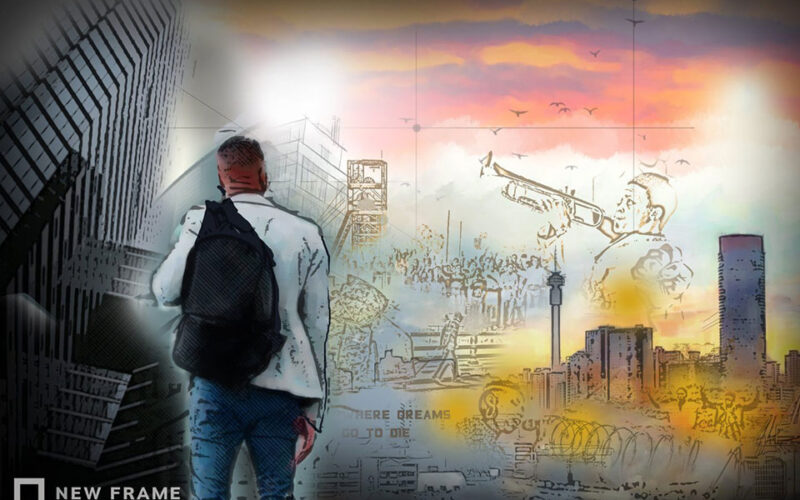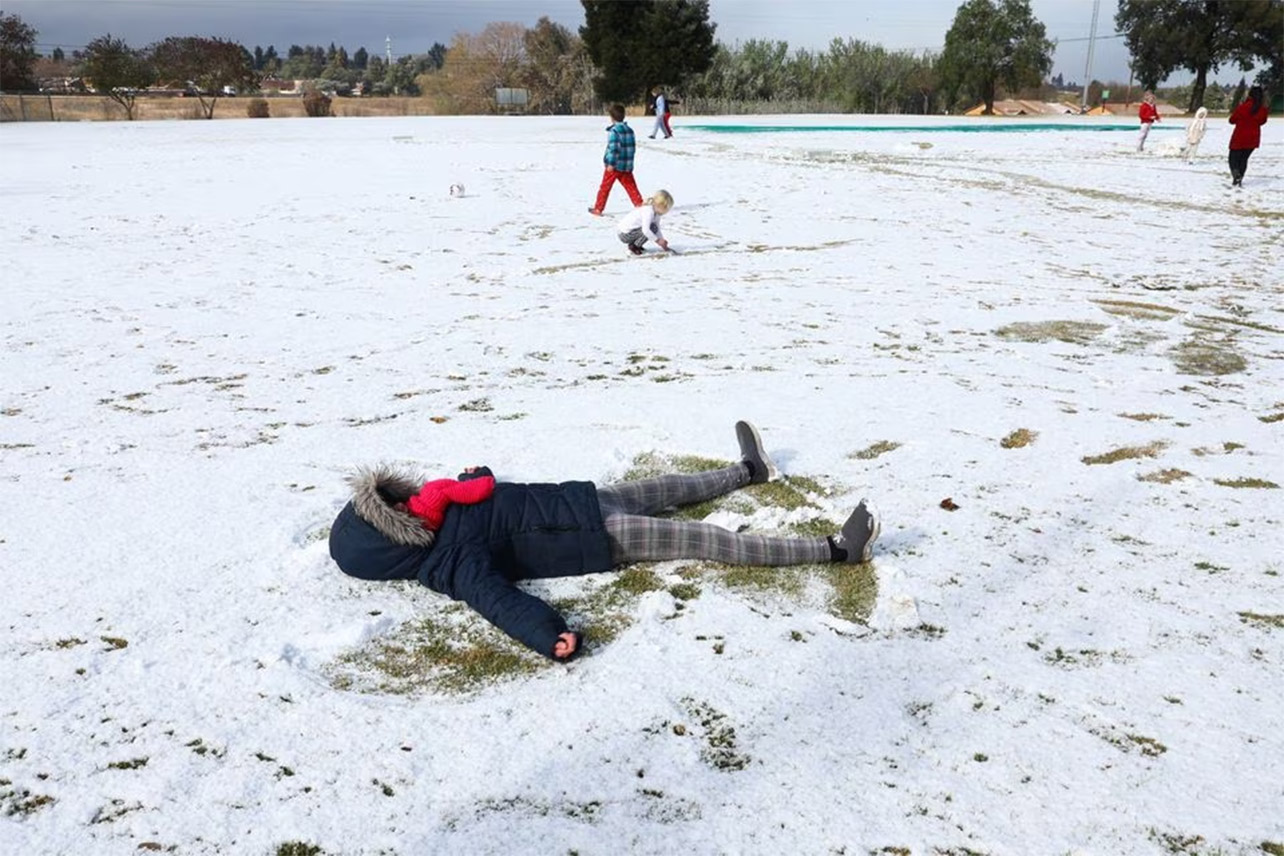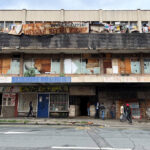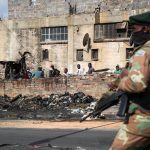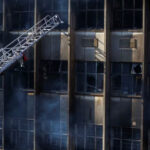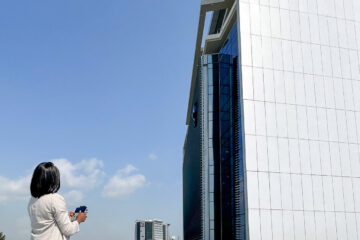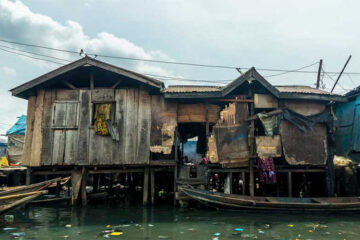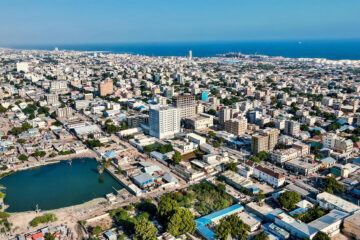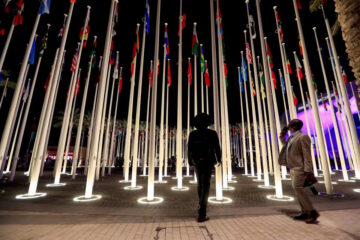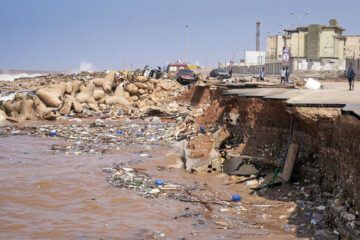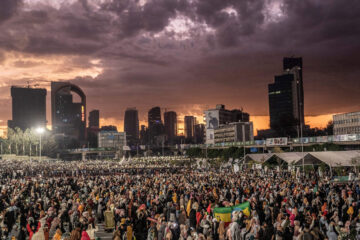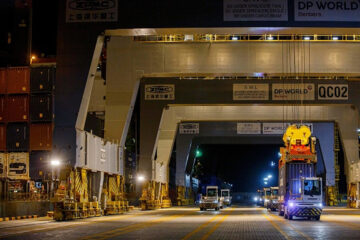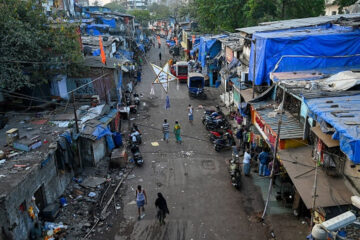“WHAT’S the word Johannesburg?” Gil Scott-Heron asked in 1975. An answer came the following year when children in Soweto ran into fascist bullets, their hearts full of courage and resolve to overcome oppression.
Johannesburg – Joburg, Jozi, eGoli, eRhawutini, Gauteng, Maboneng – is a city of gold, lights, barbed wire, jazz, the sun setting into lava, the burnt orange of aloes in flower against dry grass, a great university, men with guns, shopping malls, the sudden malachite of parakeets on the wing above the city forest and the smoke from the braziers hanging low in the shack settlements when winter bites. Its paths are strewn with lumps of quartz, its rivers and rain poisoned and its jacarandas overwhelmingly beautiful in October.
Johannesburg is the sound of amaZion on the Melville Koppies, jazz in Brixton, deep house in Rosebank and dancehall in Yeoville. It is the relentless accumulation of violence, shacks crowded up against toxic mine dumps and convivial life in Parktown, Vilakazi Street, 7th Street and at Zoo Lake. It’s Kwa-Mai Mai and Sandton City.
It is a cosmopolitan city, an entirely modern city, a city that began in the frenzy and cruelty of a colonial mining town. Often said to be the only major world city that does not lie next to a harbour or a river, it sits instead on the richest seams of gold on the planet. There is still plenty of gold after more than a century of frenzied extraction, but most of what remains is now too deep in the earth to mine.
The gold welled up from the earth’s core three billion years ago and rivers slowly carried it into an ancient lake. A billion years later, after lava from volcanic eruptions destroyed the lake and locked the gold into the ground, a massive meteor smashed into the Earth. The resulting debris laid down another layer of cover, preserving the gold from erosion.
Muhammad al-Idrisi, a polymath who spent much of his life working in Palermo, Sicily, and is best known for his work as a cartographer, wrote about gold mining on the eastern side of southern Africa in the mid-12th century. Great Zimbabwe and Mapungubwe linked the people who worked the mines and smelting furnaces to Arabia, China and India via the harbours on the east coast.
But it was under the ground where Johannesburg now thrums that the riches beneath the earth were unimaginably vast. The Bafokeng and Bakwena lived here from at least the 15th century. Their large stonewall settlements first began to give way as Mzilikazi Khumalo swept through the highveld, and when the Voortrekkers crossed the Vaal in 1838, the die was cast.
By 1902, when the war between the British and the Boers came to an end, the gold hauled out of the earth – like the 16th-century silver mines in Potosí in what is now Bolivia – generated fabulous wealth in Europe and for some of the overlords in the colony. But for the colonised, it brought impoverishment. As the shafts sunk deeper and deeper into the earth, they generated a vortex of wealth and suffering that sucked in labour from across the region and as far away as Ireland, Australia and China.
Trains of misery, rivers of resistance
Hugh Masekela’s Stimela is the great song about the massive scale of migrant labour brought to the prison-like hostels to work on the mines.
There is a train that comes from Namibia and Malawi
There is a train that comes from Zambia and Zimbabwe
There is a train that comes from Angola and Mozambique
From Lesotho, from Botswana, from Swaziland
From all the hinterland of Southern and Central Africa…
Charles van Onselen’s searing 2019 book, The Night Trains, took the memory of the millions of men brought in trains from Mozambique to Johannesburg to labour in the mines, suffer horrific exploitation and remain impoverished into the bookshops in the malls. It’s difficult to imagine that someone could buy this book in Sandton and not shudder at the thought of the roots of all the wealth in the “richest square mile in Africa”, a crass little mini Dubai.
But Johannesburg is also a city of resistance. In 1944, James Mpanza led the land occupation that later became Soweto. Nelson Mandela and Oliver Tambo opened their law firm here in 1952, and it was in Johannesburg that Mandela became a national leader. The 1950s was also the time when Ruth First began to undertake her radical journalism. Ahmed Timol was murdered in the Johannesburg Central Police Station in 1971, a fate that many others would later meet in the same building.
Emma Mashinini founded the South African Commercial, Catering and Allied Workers Union in 1975, a year before the Soweto uprising, the year of fire, the year of ash. Solomon Mahlangu was captured in the city in 1979. The urban insurrection of the 1980s was fought hard in Johannesburg. In 1986, an attempt to build people’s power in Alexandra met the armed forces of the state in what became known as the Six Day War. In 1989, on the eve of the coming transition, Abu Baker Asvat and David Webster were murdered. Simon Nkoli and Beverley Ditsie organised the first Pride march in 1990.
Urban life in Johannesburg in the 1950s was brilliantly recounted by Drum writers such as Can Themba, Bessie Head, Lewis Nkosi, Richard Rive, Bloke Modisane, Todd Matshikiza and Nat Nakasa – a golden generation. That cultural vigour and brilliance has never waned. In 1964, more than 40 000 people witnessed the genius of Philip Tabane and the Malombo Jazz Men at Orlando Stadium in Soweto. Miriam Makeba offered an expression of pure joy with Pata Pata in 1967. But under all this there was labour mediated by racial capitalism, segregation, the police and the pass. In 1972 Mongane Serote wrote that the city is “dry like death”.
For more than a century, Johannesburg depended on the men below and the women and men in the factories. It still depends on the women washing in the homes of the middle classes, along with new kinds of workers such as the migrants on motorbikes who deliver meals to them. In 1971, Oswald Mtshali wrote of the worker stumbling into a train heading towards work “that squeezes me like a lemon/ of all the juice of my life”. We still see that world beneath the city’s wealth in Gerald Sekoto’s Song of the Pick and William Kentridge’s coffee plunger thrusting down deep, we imagine, into the earth. We still hear it in Juluka’s classic 1979 debut, Universal Men, an album delicately composed around the theme of migrant labour.
End of an era of hope
The arc of the optimism that rose in 1990 was not uniformly embraced. In his 1992 poem, Johannesburg, Lesego Rampolokeng lamented that “dreams come here to die”. But there was, nonetheless, a period of extraordinary hope. That period has come to a decisive end. The decay that was once the preserve of smaller towns such as Makhanda and Mthatha, as well as provincial cities such as East London and Pietermaritzburg, has now arrived in the metropolis.
Johannesburg is no longer a city of trains. The tracks and stations were first abandoned and then ripped up for scrap. Pavements are crumbling, drains uncovered, roads full of potholes. There are piles of rotting rubbish in some neighbourhoods. For many, to be impoverished means wintering in a shack, burning plastic in a brazier to keep warm and possibly facing eviction. Even in the suburbs it is no longer unusual to spend a winter evening without water or power. The police are frequently just another group of armed thugs.
In some parts of town, developers are given free rein to vandalise the sociality of urban space, limited and precarious as it is, with the architecture of corporate fascism. In others, plastic bags flap from the barbed wire. The middle classes are barricaded into fortified homes or gated communities, many planning their exit or working to get their children out.
It did not need to be like this. It still doesn’t. There is no objective reason for the years of underinvestment in the city and its people – that was, and is, a policy choice. The ANC, EFF and DA are all implicated in turning municipal governance into a mechanism for elite extraction and accumulation instead of the search, in collaboration with the residents of the city, for the collective good.
There is enough money and enough skills here to build a city full of jazz clubs, nurturing schools, art galleries, safe and reliable public transport and expanding public spaces. Johannesburg should be a great African city, a great city of the Global South, a city in which Black professionals from around the world can find safe harbour.
Women should be safe on the streets, which should be made so convivial that the malls decline. The rivers sparkling in the sun should be clean. Johannesburg should be a city that people from all over the world long to visit for the music and nightlife, and to have a beer in the sun on a vibrant street. It should be a city in which people know that if they fall ill, a hospital will serve them well.
Johannesburg should be a social city where migrants are welcomed and dignified housing is built on tree-lined streets with public parks, libraries, sports fields – a city in which a good bit of the money that is made by the always humming commerce is returned to society through taxation, rather than extracted from it by a predatory political elite. Mining is largely over, but the people are left. They will need to make the wealth of the future through their collaboration and imagination. It is imperative to invest in the people and the infrastructure of life in common.
What is required to get to a liveable future is a professional civil service, political and social imagination, and the forms of popular political organisation and power that can make all this happen, and sustain it.
It is time to organise, time to rebel.

